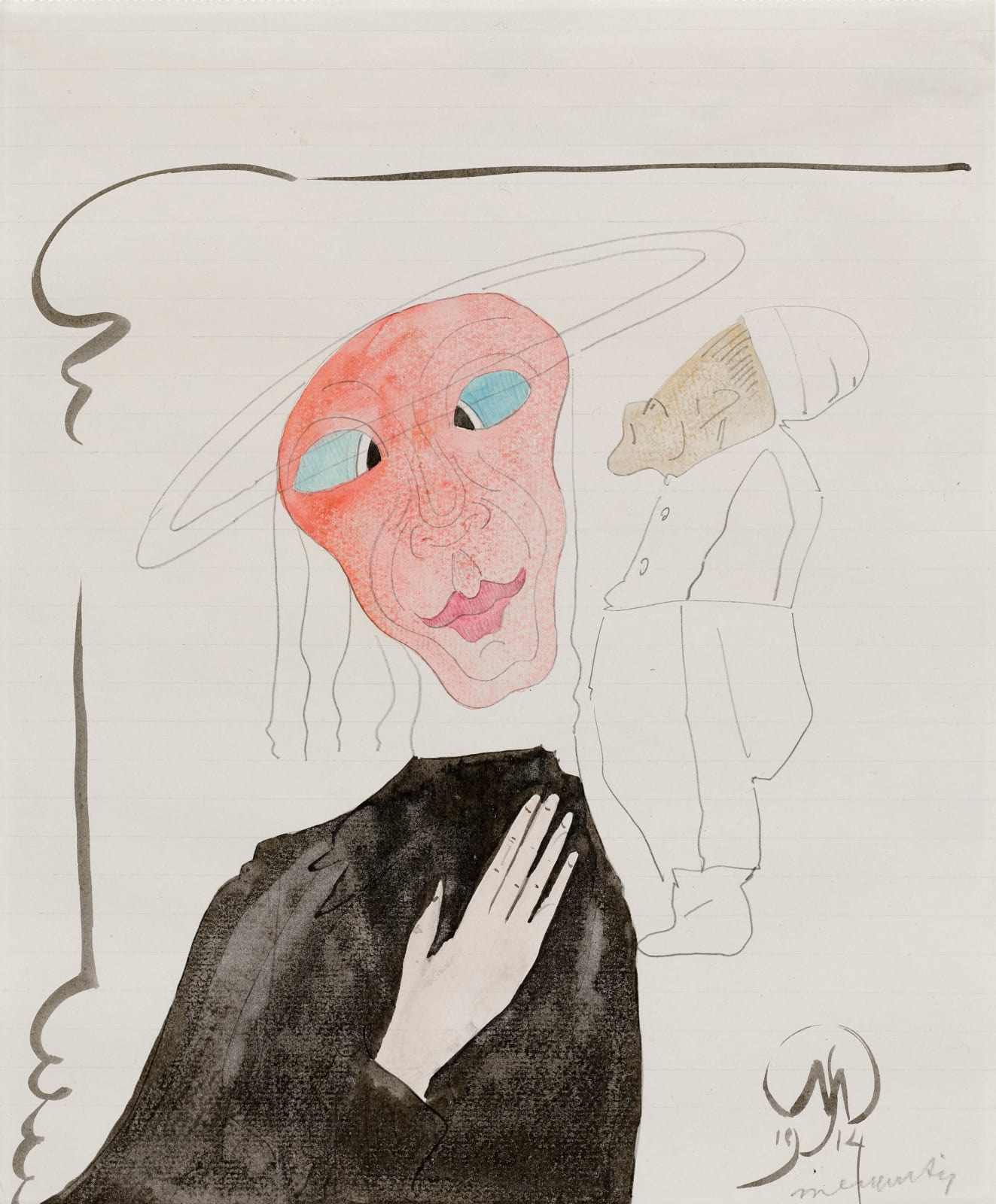Samuel Jessurun de Mesquita (1868–1944)
Samuel Jessurun de Mesquita was born in 1868 in Amsterdam. His father, a schoolteacher, died when Sam was only five years old. At fourteen, De Mesquita ambitiously applied to the Rijksakademie van Beeldende Kunsten but was rejected. This setback did not deter him from pursuing his passion for art. He experimented with various techniques and mediums, ultimately becoming not only a remarkable artist and printmaker but also a talented teacher. His most famous protégé was M.C. Escher, with whom he shared a lifelong artistic and personal connection.
Unlike many of his contemporaries, De Mesquita was neither a traveler nor a bohemian. While other artists flocked to Paris at the turn of the century or later to New York, De Mesquita remained rooted in Amsterdam, working from his home at the Linnaeuskade.
As a non-observant Sephardic Jew, De Mesquita was not immune to the horrors of Nazi persecution. Although initially Dutch Portuguese Jews were exempt from deportation, this protection did not last. On February 1, 1944, De Mesquita and his family were removed from their home and transferred to transit camp Westerbork where they were forced to relinquish their valuables. Shortly after arrival, the sick and elderly, including Samuel and his wife Betsie, were deported to concentration camps. On 8 February 1944, the De Mesquitas were among 1,015 people loaded onto a train to Auschwitz, where they were murdered in the gas chambers upon arrival. Their only son, Jaap, was deported to Theresienstadt, where he was killed on 30 March 1944.
With the annihilation of his family, De Mesquita’s life and artistic legacy seemed destined for obscurity. For decades, his name and work faded from public memory until 2005, when the Kunstmuseum in The Hague mounted a retrospective, reigniting interest. Most of his work is preserved in Dutch museums, including the Rijksmuseum and the Kunstmuseum in The Hague.
An experimental artist, De Mesquita’s work defied the traditional hierarchies of the Dutch art world. He developed a unique Sensitivist style; drawings of strange, quasi-human beings that seemed to emerge directly from his imagination. Anticipating the automatism of Surrealism, his works offer unfiltered expressions of his subconscious mind, evoking a world of both unsettling and fantastical imagery.
[1] Jonieke van Es, Samuel Jessurun de Mesquita (1868-1944). Tekenaar, graficus, sierkunstenaar, Zwolle 2005, color illustrations nos. 44 & 45
Provenance
Kunsthandel K. Sanders, The Hague, c. 1980 from whom acquired byJan van den Noort, The Hague
